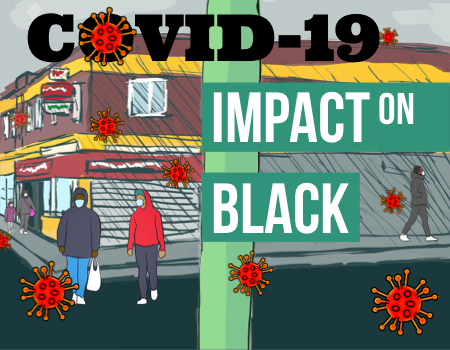Originally Published here:
COVID-19: Impact on Black
By Guest Writer Iman Young
Around the country, as people have increasingly begun to take the epidemic seriously, preliminary data shows that COVID-19 is having a disproportionate impact on our community. Nationally, Black people make up 13% of the total population but over 33% of the confirmed cases where race was specified, were Black. Here in Oakland, East and areas of West Oakland are being hit the hardest– which are predominantly inhabited by Black and Brown communities. Early indicators have even shown that doctors are reluctant to refer Black patients with symptoms of COVID-19 for testing– not to mention the limited access to healthcare in general for our communities, pandemic or otherwise.
The noted and reasonable mistrust of the United States healthcare system with the Black community while magnified in this “new normal” — is nothing new. In the 1930s in what is known as the “Tuskegee Experiment,” 399 Black men were studied over a period of 40 years for syphilis. Not only did 200 of the men not have the disease, researchers told people they were being treated for “bad blood” and did so without their informed consent. Although Tuskegee is just one example, this corrupt history continues to impact the relationship between us and this country’s medical community. Today, even when Black people do receive treatment, the quality of the care is often inferior. A study of 400 hospitals found that Black patients with heart disease received older, cheaper and more conservative treatments.
The Pandemic, however, poses different threats as it relates to our community and the issue of public health, mental wellness, and safety. As much as things have changed over the last 2 months, what seems to be a constant is the criminalization and over-policing of Black bodies, even in a time of severe crisis like this pandemic. On April 18th, San Leandro high school student Steven Taylor was murdered by San Leandro police at a Walmart. It’s not hard to imagine the level of stress that Steven may have been experiencing in the moments before his death. A father of 3, at the age of 33 — just one month after a “stay at home” order was issued to flatten the curve of a global pandemic. Steven was tased and then shot in the chest after ignoring demands by police to drop the bat he was carrying. His family shared his past struggles with mental health to offer the public to offer some context for his behavior. If that Saturday had been Steven’s first mental break we should all be able to empathize. It seems even in a world crisis– Black people will not have the chance to be human and will have to continue to wear the masks of survival for self and communal preservation.
The fact of the matter is, there is long-standing structural racism in this country, which combined with the antics of an unapologetically racist administration, acts as a shield— and with COVID-19 the blade. While activists, organizers, and generally fed up folks across this country have vowed to strike back for years, we now have to avoid getting cut. Although Trump acknowledged the racial disparities of the early COVID-19 data, his Surgeon General went on to blame the disparity on the stereotypical lifestyle choices of Black people as a collective rather than naming long lasting economic and racial disparities that has led to poorer health outcomes. The Trump administration has said that official COVID-19 data specifying race won’t be available until early May. Despite confirmed cases increasing by about 20,000 each day the previous week, Trump and his racist fanatics launched a campaign to pressure governors across the country to lift stay at home orders at the end of April. Who do you think will be most impacted by the country “opening back up: ?
A lot has happened in the weeks of staying at home. Collectively we have lost a few things, learned a lot, and have been reminded of the importance of the little things that make a big difference. What remains true even in these times, is that we must be our own advocates and listen to our bodies. So the next time you see a Black person wearing a mask in the self-checkout line be reminded of our resilience and resolve to stay alive and be sure to smile even though they can’t see it.


